| Plant Habit: | Tree |
| Life cycle: | Perennial |
| Sun Requirements: | Full Sun |
| Water Preferences: | Mesic Dry Mesic |
| Soil pH Preferences: | Moderately acid (5.6 – 6.0) Slightly acid (6.1 – 6.5) Neutral (6.6 – 7.3) |
| Minimum cold hardiness: | Zone 3 -40 °C (-40 °F) to -37.2 °C (-35) |
| Maximum recommended zone: | Zone 7a |
| Plant Height: | usually 30 to 60 feet, to 90 feet in wild in Europe |
| Plant Spread: | usually 30 to 40 feet |
| Leaves: | Evergreen Needled |
| Fruit: | Other: 1.5 to 3 inch long gray to brown cones |
| Fruiting Time: | Late summer or early fall Fall Late fall or early winter Winter |
| Flowers: | Other: small soft yellow male cones for pollen |
| Flower Color: | Yellow |
| Flower Time: | Spring |
| Resistances: | Deer Resistant Rabbit Resistant Drought tolerant |
| Propagation: Seeds: | Self fertile Sow in situ |
| Pollinators: | Wind |
| Miscellaneous: | Tolerates poor soil Monoecious |
| Conservation status: | Least Concern (LC) |
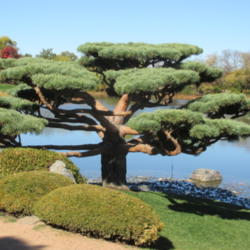

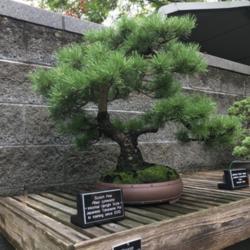
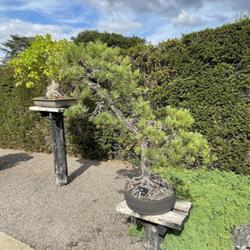
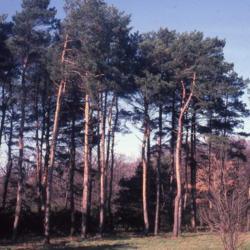
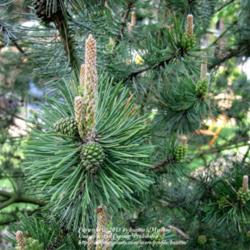

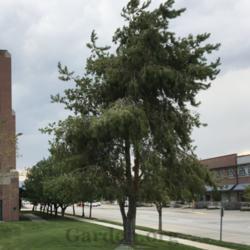
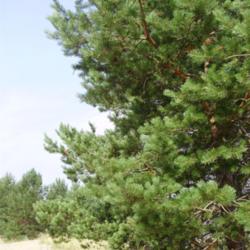
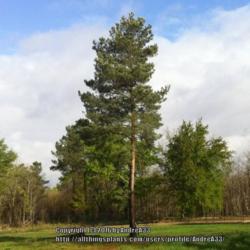
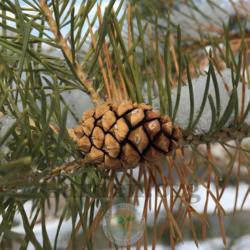

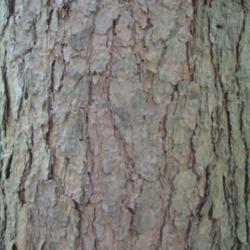
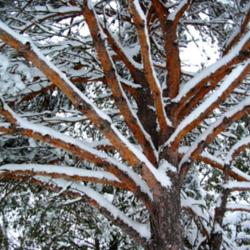
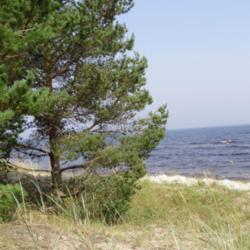
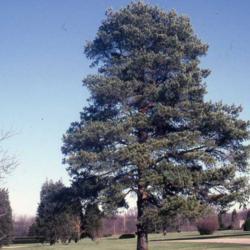
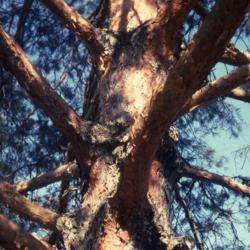
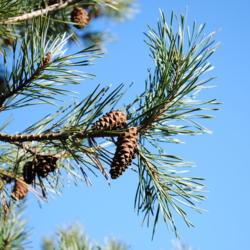
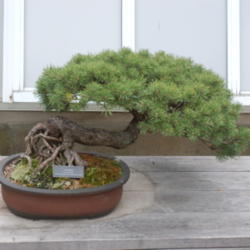
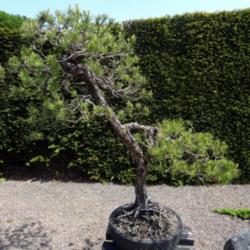
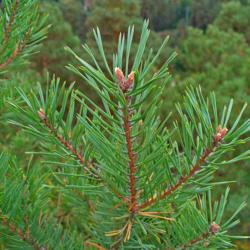
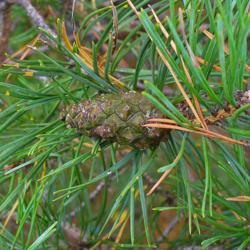
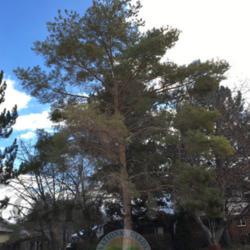
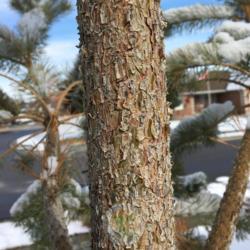

| Thread Title | Last Reply | Replies |
|---|---|---|
| Beautiful! by bonitin | Jan 13, 2013 2:45 PM | 1 |